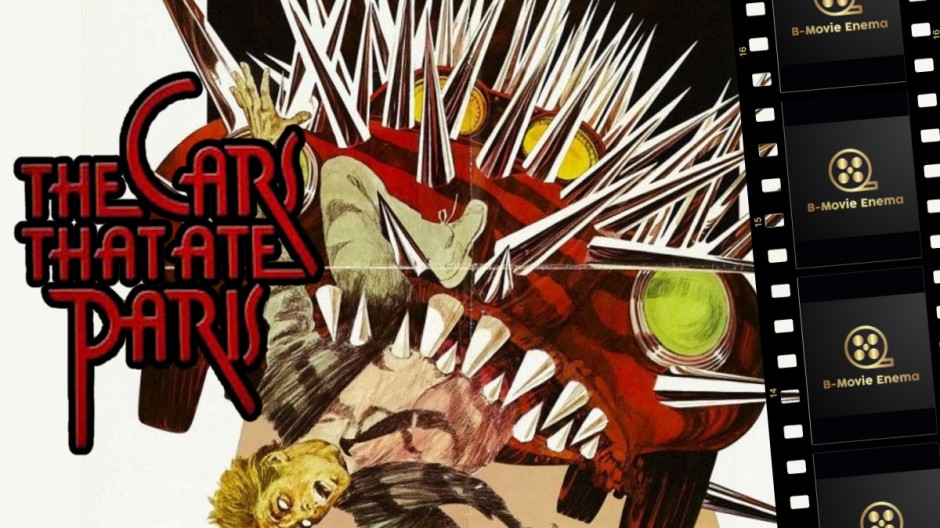Welcome to a brand new B-Movie Enema review!
This week, we’re going back to the world of Italian cinema and, for the first time in quite a while, the horror subgenre of said Italian cinema – giallo. Not only are we going back to those realms but this week is for something kind of new too. This week’s feature, Four Flies on Grey Velvet, was made by Italian horror/thriller/giallo master Dario Argento.
Now, true, I did cover a couple movies he produced, namely Demons and Demons 2. I also talked about him tangentially when I looked at Shock because it starred his ex-wife, Daria Nicolodi, as well as his daughter, Asia Argento, when she appeared in xXx. However, for nearly 60 years, Argento has been known for being a writer, director, and producer of mostly horror films. But… that’s not exactly where he started. When he was working his way up the ladder, he began as a writer. In the mid-60s, Argento worked on scripts for several different movies of different genres. The biggest film he worked on the script for, without a doubt, was 1968’s Once Upon a Time in the West.
Continue reading “Four Flies on Grey Velvet (1971)”







